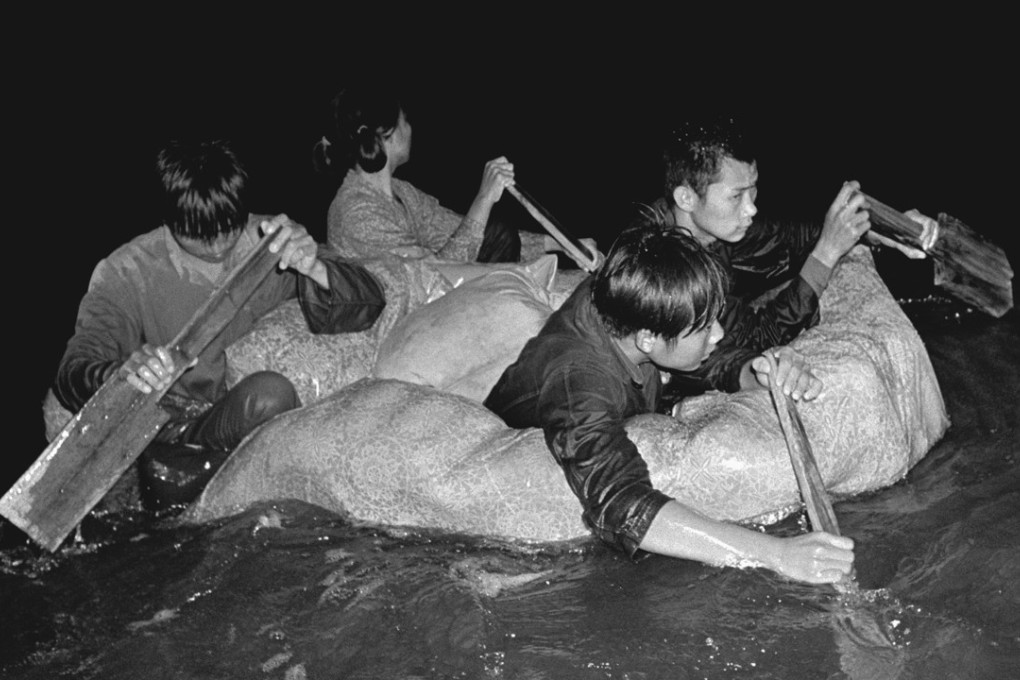Then & Now | From ‘freedom swimmers’ fleeing China to fears of Hong Kong being swamped with migrants, a history of city’s border controls
For decades people flowed freely between China and Hong Kong, but the Chinese civil war changed that; today China selects migrants to the city, a policy some suspect is designed to overwhelm the locals and their culture

For most of Hong Kong’s modern history, a virtually open frontier existed with the rest of China. From the mid-19th century onwards, people flowed into and out of Hong Kong with China’s political, social and economic upheavals, with almost non-existent immigration controls on either side.
Among the principal challenges of policing and administering the early colony was the porous “border” – essentially Victoria Harbour and surrounding coastal waters – that could easily be crossed without official documents.
Accurate census figures – necessary for long-term infrastructure planning, especially in relation to water supply – were impossible to formulate without concrete knowledge of how many people lived permanently in Hong Kong at any given time.
The border situation significantly changed when the Communists assumed power in China in 1949. Hong Kong’s refugee influx, which averaged about 1,000 people a week from 1947, when the Chinese civil war was in full swing, had peaked at more than 1,000 a day by early 1950. The city was desperately overcrowded, with about half of the urban population living in squatter settlements on hillsides.
Drastic limitations on arrivals became an urgent requirement, and tighter immigration controls were formalised that year. Nevertheless, clandestine entrants continued to arrive in following decades.
